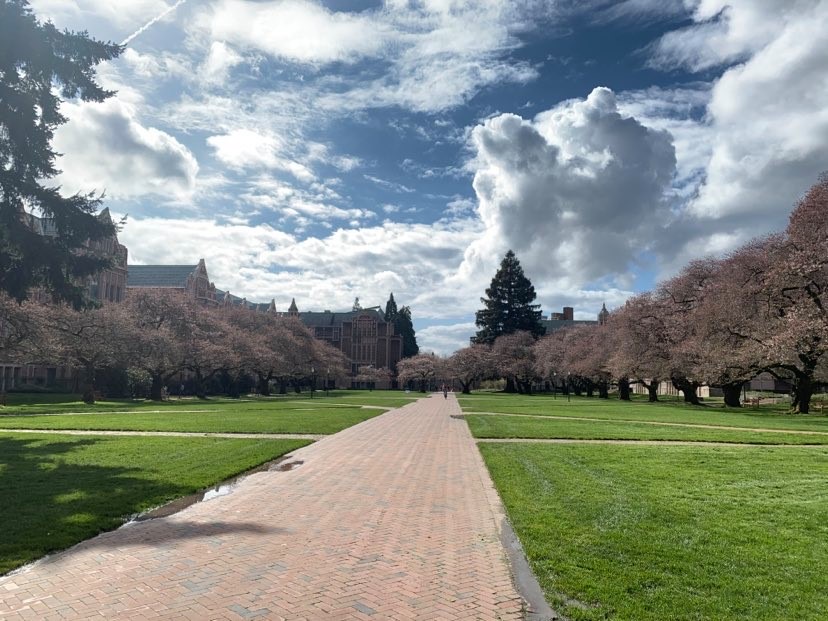Search powered by Funnelback
The coronavirus pandemic has quickly and surely impacted every aspect of our daily lives, from how we do our jobs to how we interact with others. The unprecedented consequences and side effects of social distancing are impossible to detail in their entirety, which is even more notable considering how quickly this pandemic came to be.
But few industries have been blindsided more than Higher Ed. As a student in this current climate, I’ve experienced firsthand what many students and educators are blithely calling “Zoom University”. Hundreds of institutions across the globe, which pride themselves on the quality of their education and the quantity of their resources, are suddenly forced to do everything remotely.
The most striking thing I have learned during my experience is that there is a clear difference between learning remotely and attending online school. Online higher education has already been widely established; who hasn’t seen digital ads for reputable online schools such as the University of Phoenix and Northeastern University on their computer or TV? These schools and programs already have frameworks established for giving their remote students the resources they need to succeed.
Zoom University is different. Sure, online learning is made possible with technology like Panopto, which allows instructors to record their lectures for students to replay at will, or Canvas, which allows for effective online communication between students and professors. But leaving the wide expanse of a brick-and-mortar campus for a laptop screen is a big change.

Usually packed with students and tourists alike, the Quad at University of Washington remains nearly empty, despite the spectacular cherry blossoms in full bloom.
Students and educators have had to learn how to survive without many of the essential facilities and services that our schools offered, including extracurricular activities, gyms, food services, and much more. For the first three and a half years of my college experience, I and thousands of other students like me went to class, utilized our professors’ office hours, visited the library, accessed many of the technological and physical resources our school could offer, utilized mental health resources, and much more.
Now, sitting at home, if we don’t have the internet, we don’t have anything.
In most cases, faculty have had to convert their courses to fit the capacities of Zoom in the middle of the semester, with barely any time to prepare. The learning tools that so many of us took for granted- such as group projects, guest lectures, labs, and more, are impossible or very to do while sitting in front of a laptop screen, but they have been replaced with collaborative Google Docs, Zoom office hours, and other tech-heavy solutions.
While nothing can compare to the physicality of being in a classroom, millions of college students across the globe are still continuing with their education, while thousands of educators are continuing with their jobs. Universities are doing the best they can to offer modified resources to students, including 24/7 mental health hotlines, virtual academic advisor meetings, and countless more.
I am a part of the Class of 2020, a unique class that will be graduating into the tumultuous, uncertain economic future we are all facing. I am worried, as we all are, about what the future holds for me, and what higher education might look like in the years to come. I am wistful that my last few months of a “normal” college experience got taken from me, and I know that my college graduation will most likely be over video.
But I’m also grateful, despite everything going on in the world, that my education did not have to stop. And as my professors and peers get more and more used to Zoom, each week becomes just a little more manageable.
This is an extraordinary time in our history, and we’re all in this together. Looking at what universities are doing is the perfect example of how we can all try to adapt and get through this one day at a time.



